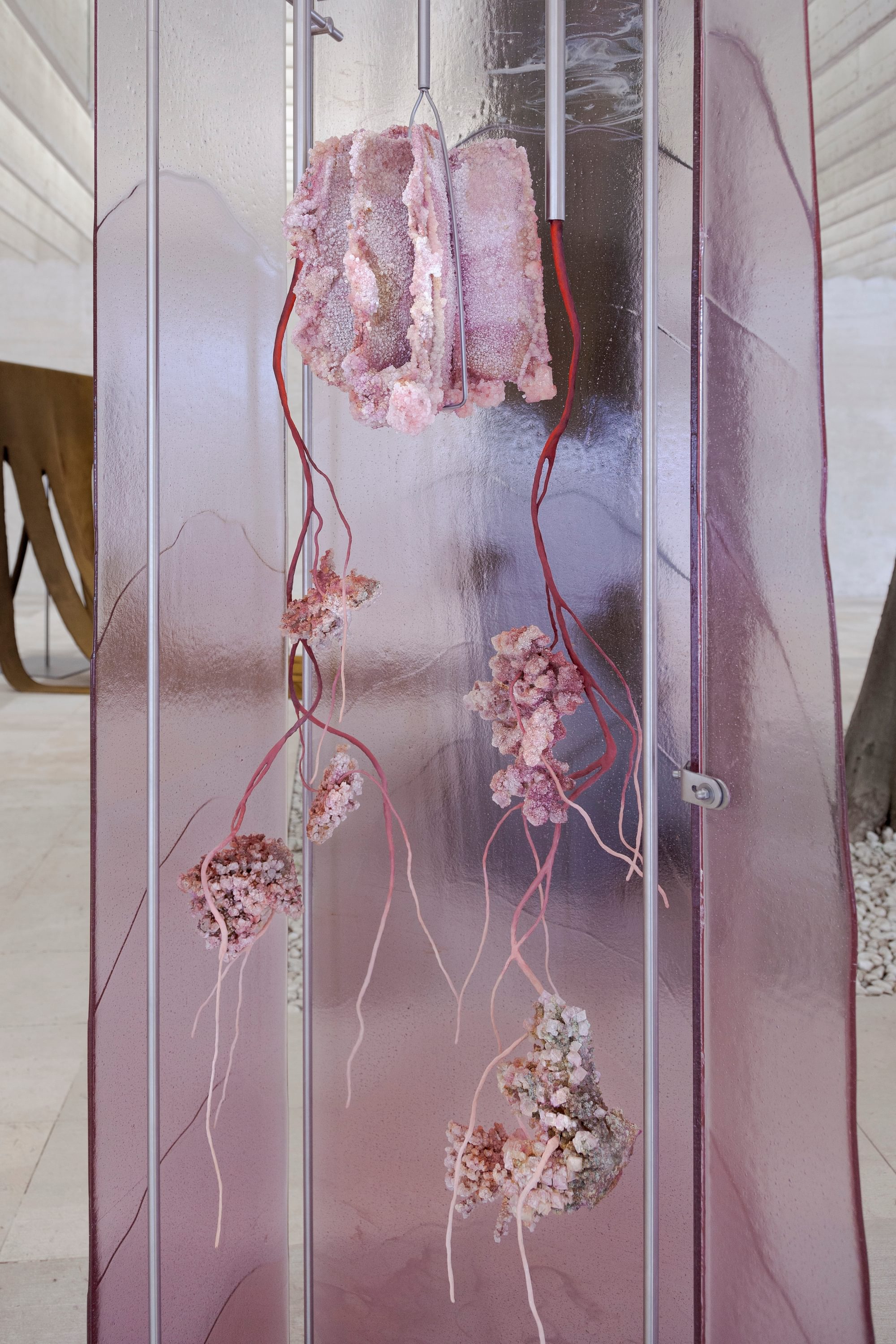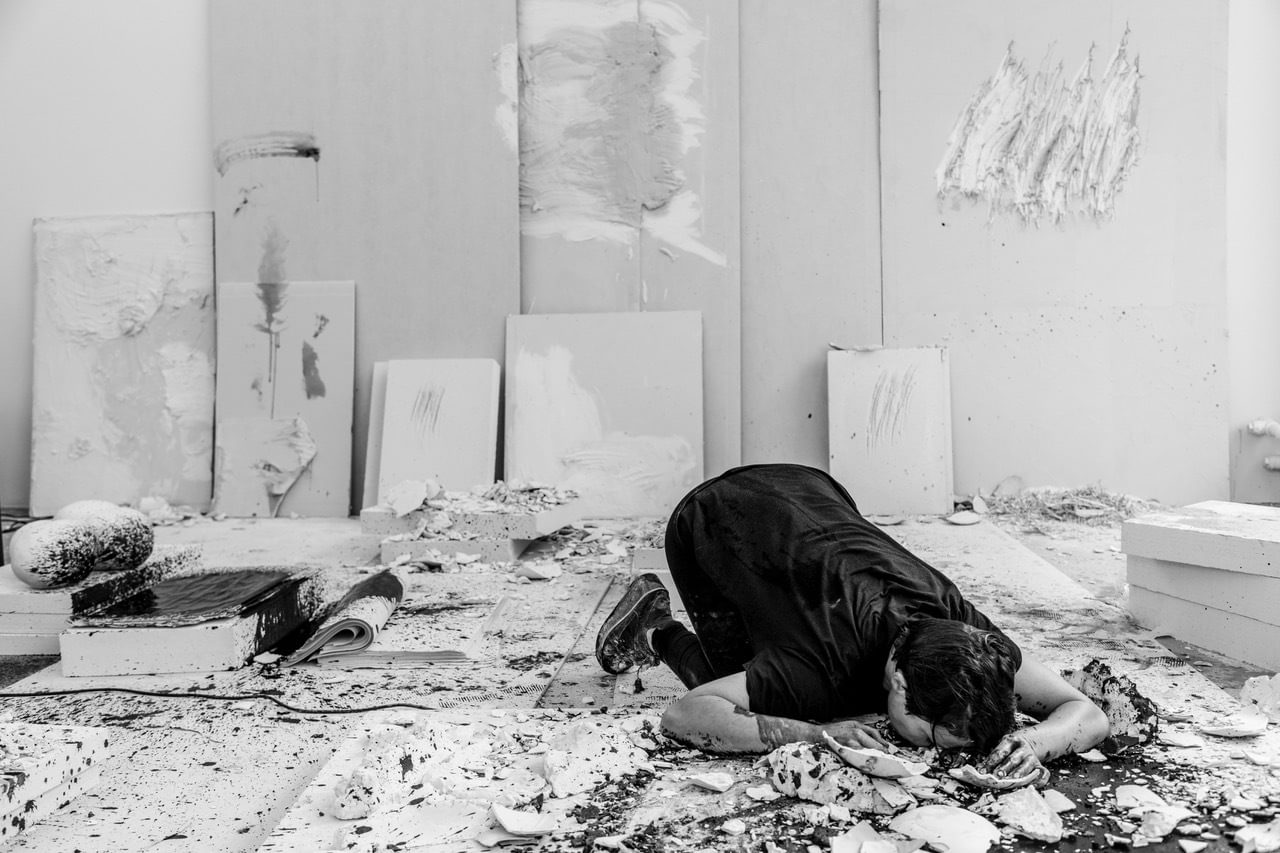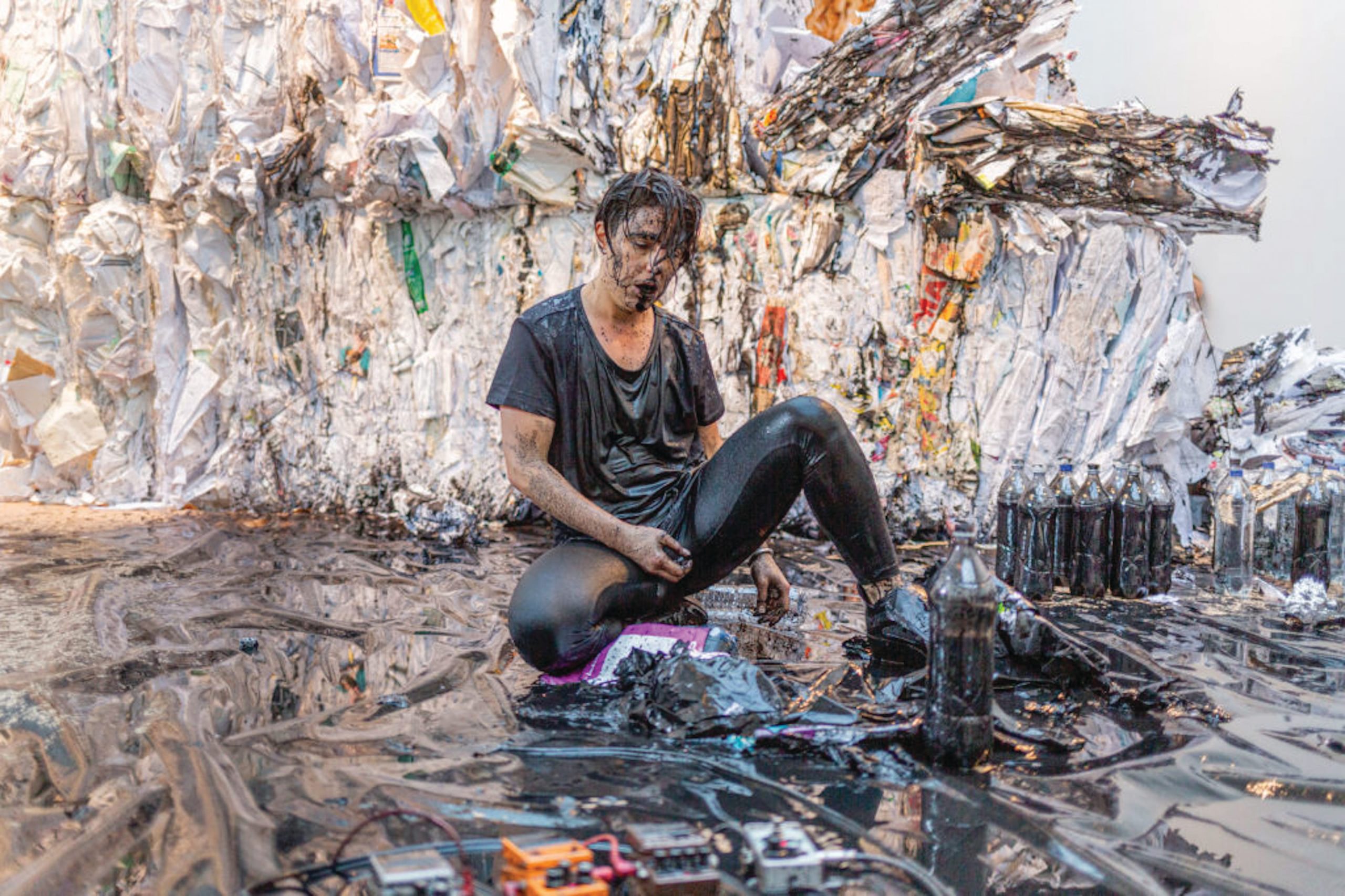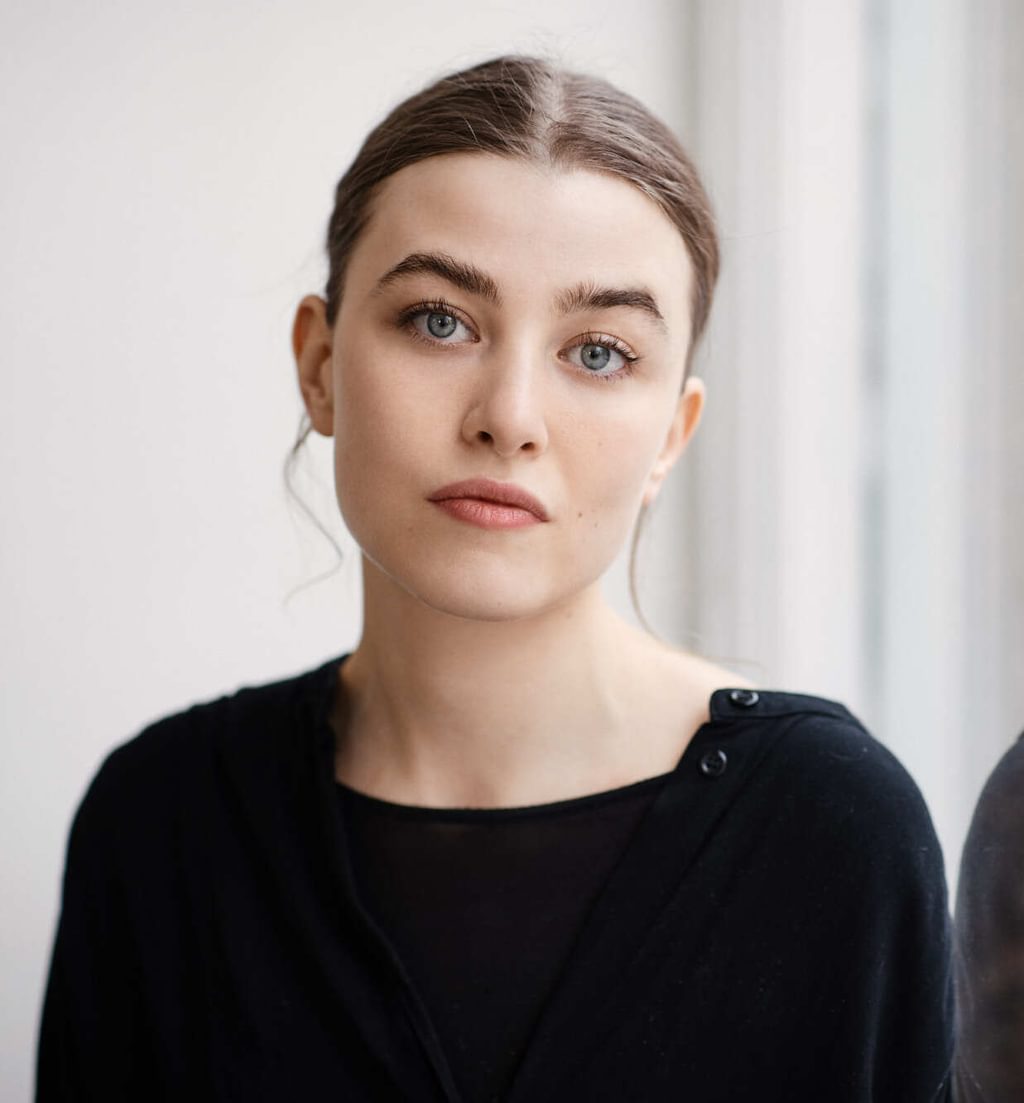
Ane Graff, States of Inflammation, 2019, various materials. Photo by Pirje Mykkänen.
Courtesy OSL contemporary and Kansallisgalleria, Finnish National Gallery
My physical health has been on a lifelong winning streak. No allergies or ambiguous sensitivities. Bones, teeth, and heart fully intact. This has of course been a fantastic fortune, one that has afforded me luxuries such as finding the occasional medical check-ups intriguingly novel rather than insufferably routine. Because of this, the past few months have felt off. And that’s without taking into consideration the pandemic that has concurrently been prowling the world. As this year’s initial months of intense news-reading and rule-following continued, the less urgent everything seemed to feel. Surrendering to a semi-sedated lull felt normal and even comforting. The series of strange symptoms that started bothering me in my half-arsed isolation were consequently ignored to my best ability. First, I lost my sense of smell. Then I started having weird migraines, then a tooth of mine got inflamed and had to be pulled out, and most recently, I experienced an intense bout of sudden onset vertigo that rendered me completely useless for a week. These are all minor ailments that are more annoying than they are concerning but they have made me think about the mechanisms of sickness.
In an admittedly morose twist of fate, Norwegian artist Ane Graff’s already-significant installation titled States of Inflammation (2019) has certainly taken on new meaning due to recent developments in the world. Graff’s practice intersects several areas of scientific research and has most recently been carried out with her as an appointed research fellow at Oslo National Academy of the Arts. Much like her past work, the sculptural objects on display in States of Inflammation explore the systems we are part of and the material reality they create, and maintain a feminist new materialist perspective that recognizes humans as agents with influence and power in a material organization. The objects on display in the aforementioned series of work contain various material experiments set up by Graff. The processes involved in these experiments continue to react without human prompting, creating new combinations and orders on their own accord. The work as a whole exists in reference to infection present in human bodies, the climate, and perhaps even our collective values as a result of human interference in nature by way of capitalist tenets. It’s not hard to experience the work as a powerful parallel, to not only the workings of a virus (Graff herself cites Andrea Bagnato’s argument that “it is widely accepted within biomedical science that there is a strong nexus between emerging infectious diseases…and the material footprint of capitalist processes of extraction and accumulation”) but also to a world infected with a sickness so deeply embedded in our collective proverbial immune system that it has completely overridden our own modes of defence.
"The work as a whole exists in reference to infection present in human bodies, the climate, and perhaps even our collective values as a result of human interference in nature by way of capitalist tenets."
There is sickness that resides outside our own bodies: worn-out soil, melting glaciers, festering hate, and oppression. Conditions too immense to deal with on our own, and very easy to ignore. How we choose to cope with physical sickness is personal and largely dependent on beliefs, circumstances, and experiences. Different ways of coping exist in relation to even the biggest of issues. Ane Graff shows us an easy way of understanding a sequence of events that is playing out everywhere, at all times. We have limited control over the constant reactions taking place in all facets of nature. The same goes for human interaction. Our ways of communicating, gathering, and influencing multiply while our own sense of control diminishes. Like groundwater, the sickness seeps through the bedrock of society and the effects are made visible for us now more than ever. Proactive people face problems head-on through persistent effort. Depending on the issue, they look up alternative treatments in Switzerland or make loud statements. For the lost and confused, there are alternatives to avoidance. Art provides an opportunity to learn, to viscerally experience a course of action without personally having to face the consequences. A trial run of sorts. An antidote for passivity is found in the work of Swedish artist Anastasia Ax whose striking performances exemplify a way of dealing with the issues at hand.
"I don’t think not keeping up with the news gave me cavities, but I do think ignoring issues that are uncomfortable is doing us nothing but harm."

Anastasia Ax, Memorabilia, preformance during CHART 2020 at Gallery Steinsland Berliner

Anastasia Ax, The World as of Yesterday, performance, 2019.
Photo Hendrik Zeitler
Performance art is inherently actionable and confrontational. It forces a reaction, whether it be one of outwards action or inwards reflection. It’s hard to ignore it happening, therefore it is also often dismissed by people finding it pointless, or perhaps too much to handle. The performance work of Anastasia Ax is truly confrontational. As a viewer, there exists no doubt that a change will have occurred at the end of the event. Material or emotional, the sheer physical effort provided by the artist will have made its mark. The World as of Yesterday (2013-19) is installed as a powerful performance. Large bodies of printed paper are traversed by Ax, who acts as both destroyer and creator in a landscape full of printed references to human ideas and actions. By destroying the material, its original intent as well as its complete futility is revealed. But despite all the stress the material has been through, it still remains in one form or another. The deconstruction leads to something new, a beautiful monument created by pure effort. It’s a process that is deeply familiar to anyone having dealt with any type of emotional turmoil—or even just having built a sandcastle. The artist exits the performance tired yet fortified by the displayed proof of strength and character.
I’ve heard people say that suppressing one’s emotions is harmful, but to my knowledge, there is no measurable evidence for passiveness making you physically sick. We have seen the world succumb to sickness many times before. Regardless of whether the cause has been ideals or pathogens, the cure has come from informed action. I don’t think not keeping up with the news gave me cavities, but I do think ignoring issues that are uncomfortable is doing us nothing but harm.

Ophelia Rolf is a Stockholm-based gallery girl and freelance writer. She studied Art History and History of Ideas at Stockholm University and is currently gallery manager at Gallery Steinsland Berliner.



